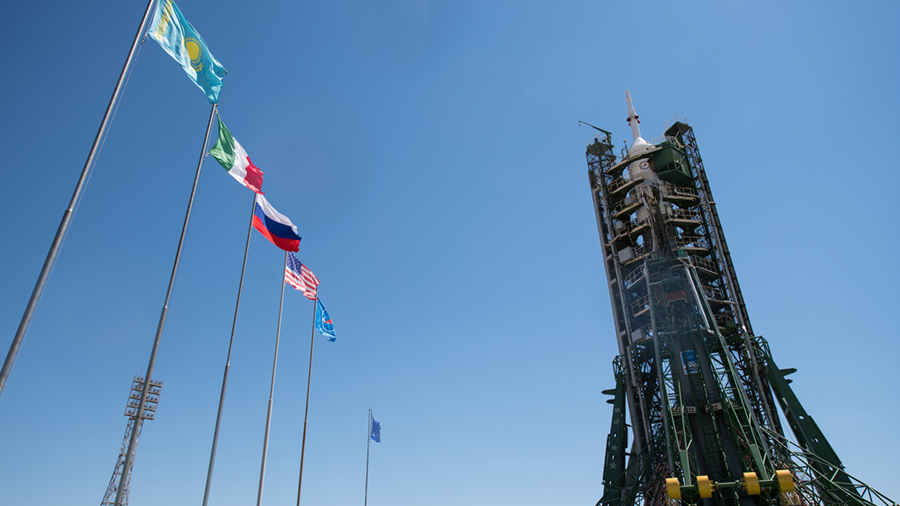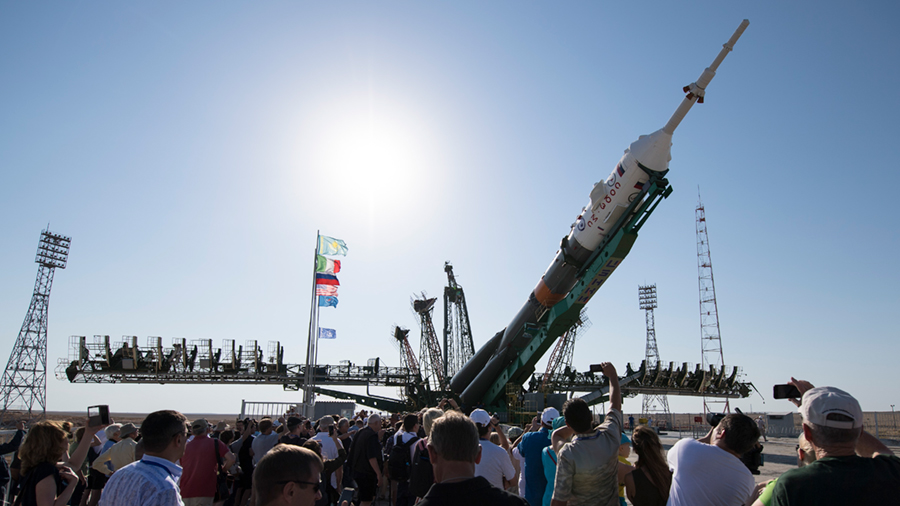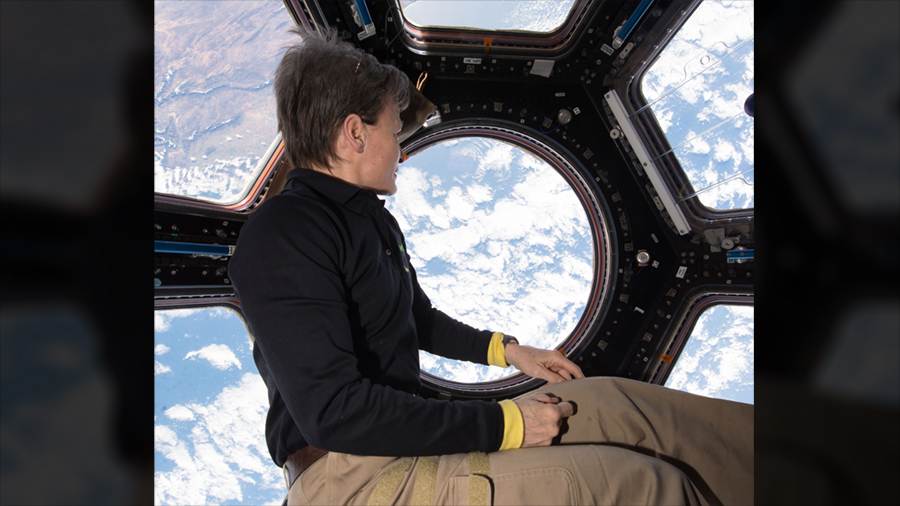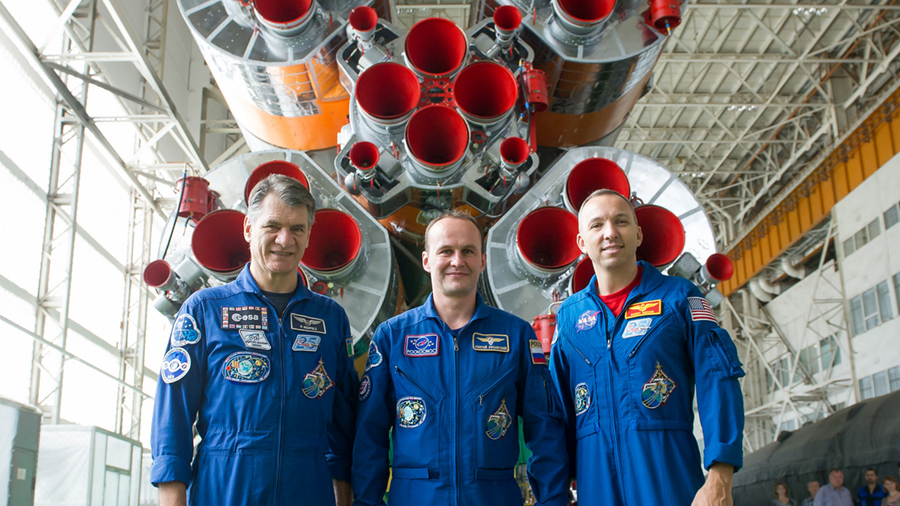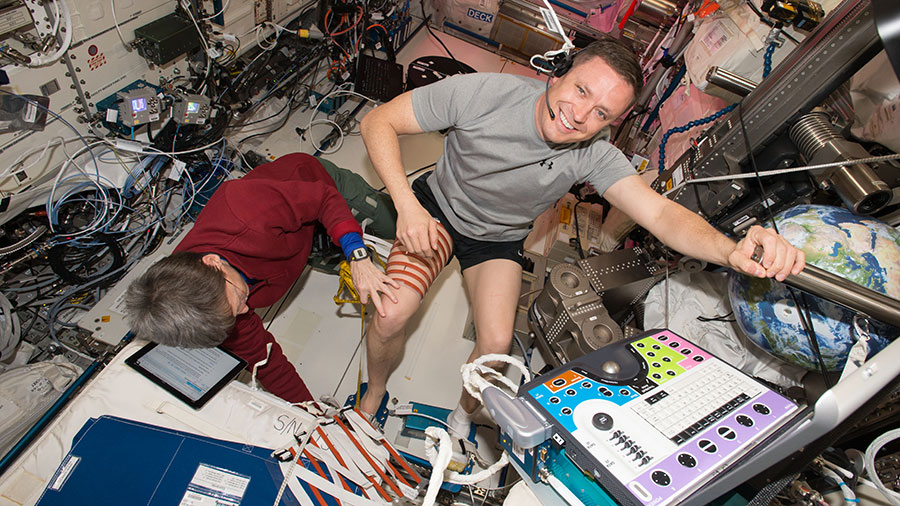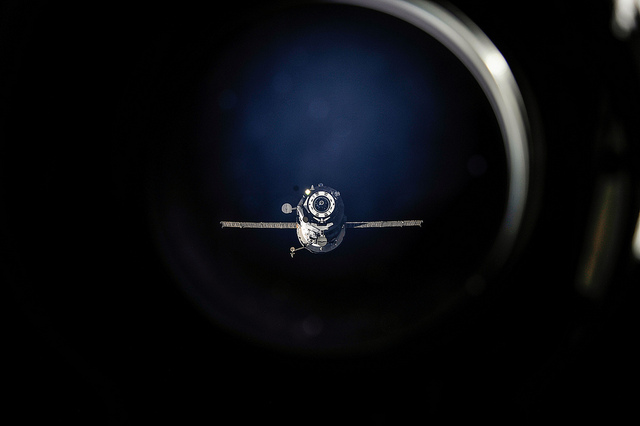
Three new crew members have arrived to the International Space Station. The hatches on the space station and Soyuz MS-05 opened at 7:57 p.m. EDT, marking the arrival to the orbiting laboratory for NASA astronaut Randy Bresnik, Sergey Ryazanskiy of Roscosmos and Paolo Nespoli of ESA (European Space Agency).
Expedition 52 Commander Fyodor Yurchikhin of Roscosmos and Flight Engineers Peggy Whitson and Jack Fischer of NASA welcomed the new crew members aboard their orbital home.
Momentarily, the crew will speak to their family and friends from Baikonur in a welcoming ceremony that will air live on NASA TV.
The crew will support more than 250 experiments in biology, biotechnology, physical science and Earth science — research that impacts life on Earth.
The Expedition 52/53 crew will spend more than four months together aboard the orbital complex before returning to Earth in December.
You can follow the crew’s activities and experiences in space on social media:
NASA astronaut Randy Bresnik is posting to Twitter, Facebook, and Instagram.
Follow the experiences of NASA astronaut Peggy Whitson via Facebook, Twitter, and Tumblr.
Connect with NASA astronaut Jack Fischer via Twitter, Facebook, and Instagram.
Follow space station activities via Twitter, Facebook, and Instagram and research via @ISS_Research.
Follow Paolo Nespoli of ESA on Twitter, and Sergey Ryazanskiy of Roscosmos is on Twitter and Facebook.
Get weekly video highlights at: http://jscfeatures.jsc.nasa.gov/videoupdate/




